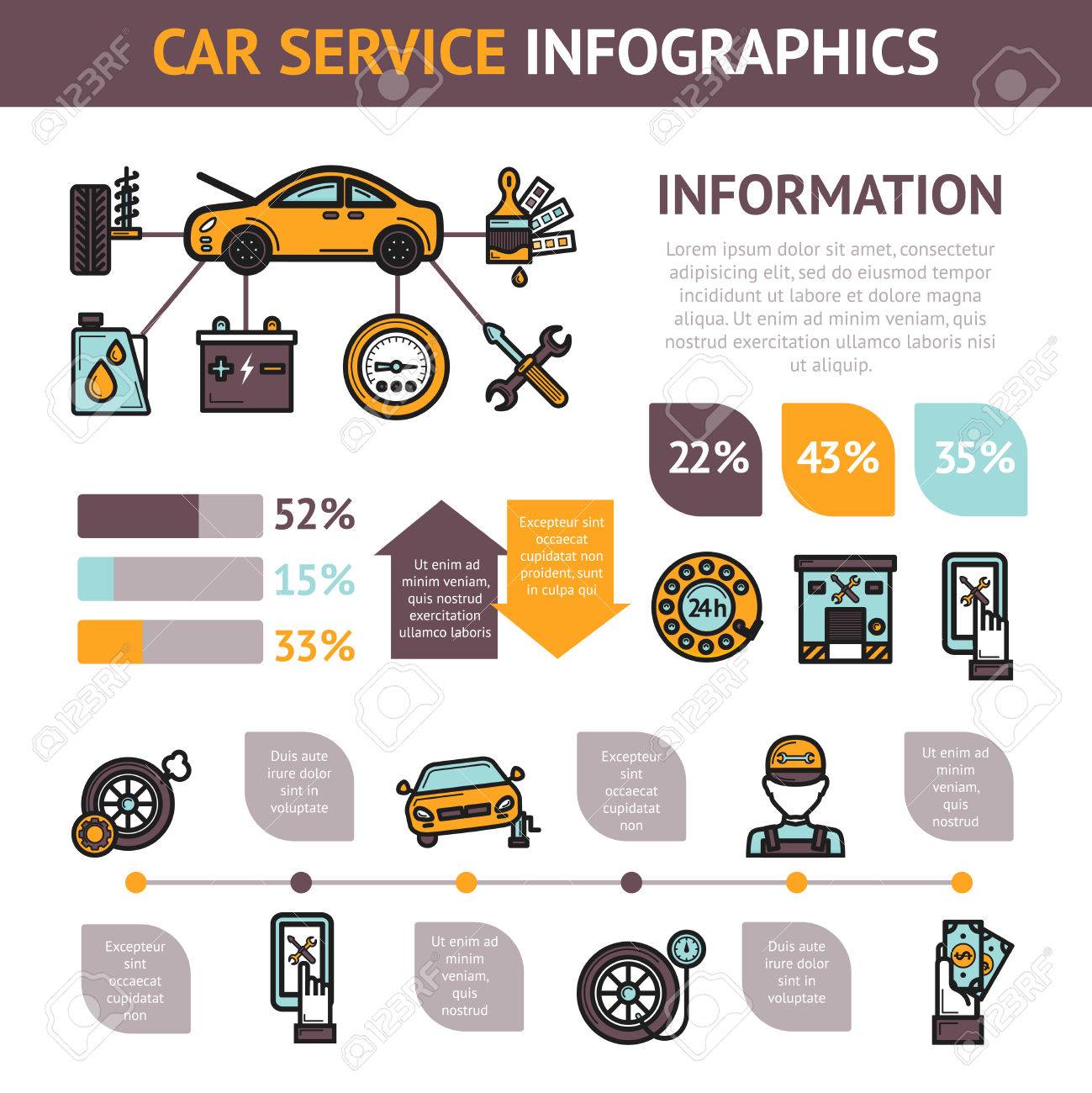Understanding Your Automobile'S Caution Lights: What Do They Actually Mean?
Understanding Your Automobile'S Caution Lights: What Do They Actually Mean?
Blog Article
Post By-Boye Corbett
When you're behind the wheel, those radiant caution lights on your control panel can be a bit puzzling. Do you recognize what they're attempting to inform you about your cars and truck's health and wellness? Recognizing the value of these lights is crucial for your safety and security and the longevity of your vehicle. So, the next time one of those lights pops up, would not you want to decipher its message precisely and take the necessary steps to address it?
Common Caution Lighting and Interpretations
Recognize common caution lights in your cars and truck and understand their meanings to make sure risk-free driving.
One of the most normal warning lights include the check engine light, which signals issues with the engine or emissions system. If this light begins, it's important to have your car examined quickly.
The oil stress advising light shows reduced oil pressure, calling for immediate focus to stop engine damages.
A blinking battery light could suggest a defective billing system, possibly leaving you stranded if not resolved.
The tire pressure monitoring system (TPMS) light signals you to reduced tire stress, affecting vehicle stability and gas efficiency. Ignoring this can bring about unsafe driving conditions.
The abdominal muscle light shows a problem with the anti-lock stopping system, jeopardizing your capacity to stop swiftly in emergencies.
Finally, the coolant temperature level warning light warns of engine getting too hot, which can lead to serious damage otherwise fixed promptly.
Recognizing these common warning lights will certainly assist you deal with issues promptly and keep secure driving problems.
Importance of Prompt Interest
Understanding the usual caution lights in your cars and truck is just the initial step; the value of immediately addressing these warnings can not be emphasized sufficient to guarantee your safety on the road.
When a warning light brightens on your control panel, it's your vehicle's way of interacting a potential concern that requires focus. Overlooking these warnings can bring about extra severe problems in the future, endangering your safety and security and possibly costing you extra out of commission.
Motivate focus to advising lights can stop failures and accidents. As https://ecutuningsoftwarefree28405.blog2freedom.com/31211705/eager-to-discover-the-most-effective-auto-repair-shop-close-by-check-out-the-leading-10-suggestions-that-will-certainly-aid-you-reach-a-notified-choice , a blinking check engine light might indicate a misfire that, if left unattended, might cause damage to the catalytic converter. Resolving this quickly can save you from an expensive fixing.
Similarly, a brake system alerting light may indicate reduced brake liquid or worn brake pads, essential parts for your security when driving.
DIY Troubleshooting Tips
If you see a warning light on your control panel, there are a couple of DIY repairing pointers you can try before seeking expert help.
The primary step is to consult your cars and truck's handbook to recognize what the specific warning light indicates. Occasionally the issue can be as simple as a loose gas cap setting off the check engine light. Tightening the gas cap may deal with the trouble.
https://www.monitorsaintpaul.com/stories/advice-and-service-tips-from-bobby-steves-auto-world,5468 is a low battery, which can cause numerous warning lights. Inspecting the battery connections for deterioration and ensuring they're safe may take care of the issue.
If a warning light persists, you can try resetting it by separating the automobile's battery for a couple of minutes and after that reconnecting it. Furthermore, checking your car's liquid levels, such as oil, coolant, and brake liquid, can help troubleshoot warning lights connected to these systems.
Final thought
In conclusion, recognizing your automobile's warning lights is vital for maintaining your automobile running efficiently and securely. By quickly resolving these informs and knowing what they indicate, you can prevent costly repair work and prospective malfunctions.
Keep in mind to consult your vehicle's guidebook for specific information on each cautioning light and act as necessary to guarantee a hassle-free driving experience.
Keep notified, remain risk-free when traveling!
